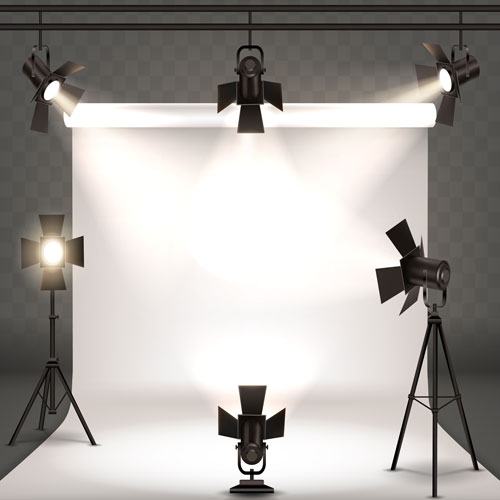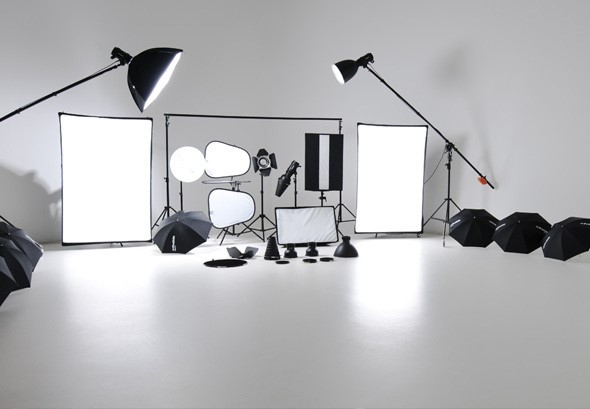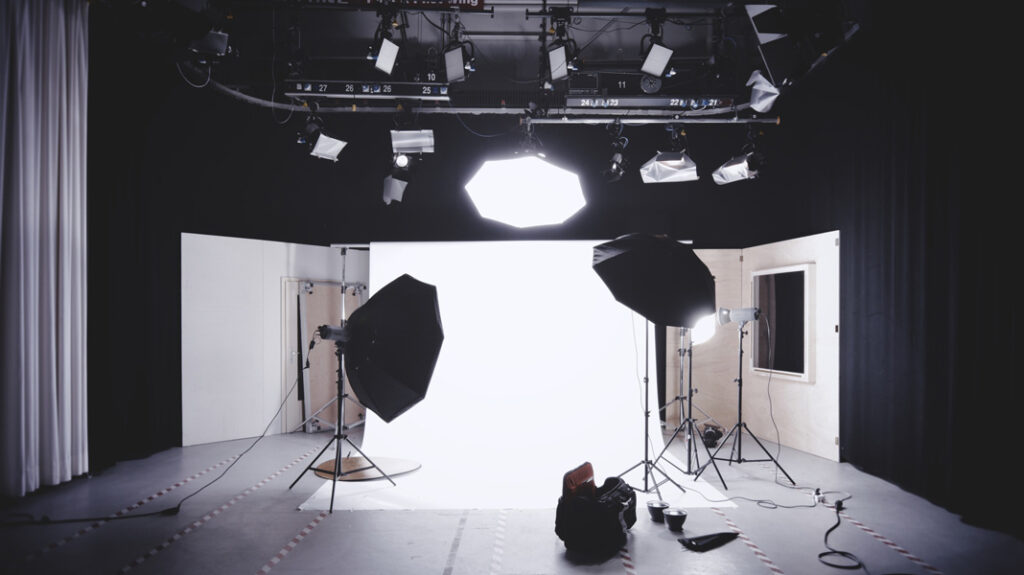Proper lighting plays a vital role in advertising photography. This process makes images more attractive, shows off product details, and creates a certain mood and feel in the images. Using lighting techniques such as key lighting, fill lighting, and backlighting can improve the quality of images and attract the attention of the audience. Choosing the right light, controlling shadows, and using the right equipment all help create professional and impactful images.
The Importance of Light in Photography
Light is one of the fundamental principles and most important elements in photography. Without light, photography is not possible, and the quality of light has a great impact on the final result of the photo. Here are some reasons why light is important in photography:
1. Image Formation:
Light causes the formation of an image on the camera sensor or film. Without light, the image cannot be recorded.
2. Image Quality:
The quality of light has a direct impact on the clarity and quality of the image. Soft, diffused light usually contributes to more beautiful images with less contrast, while direct, harsh light may create sharp shadows and high contrast.
3. Mood and Feeling:
Light can change the mood and feel of a photo. Warm, soft light usually evokes a feeling of warmth and relaxation, while cold, harsh light may convey a sense of harshness and stress.
4. Dimension and Depth:
Light helps create dimension and depth in an image. Different lighting angles can give images a three-dimensional feel.
5. Emphasis and Attention:
Lighting can help emphasize a specific subject in an image. Clever use of light can draw the viewer’s attention to important points in an image.

Types of Lighting in Photography
Lighting in photography can be divided into different categories, each of which has different effects on photos. Below are the types of lighting in photography:
1. Natural light:
- Sunlight: One of the main light sources in photography that can provide a warm and pleasant light.
- Daylight: Natural light available during the day that can change depending on the time and weather conditions.
2. Artificial light:
- Fluorescent lamps: Provide white and cool light that are usually used indoors.
- Tungsten lamps: Have warm and yellow light that is suitable for indoor photography.
- LED lamps: Uniform and adjustable light with different color temperatures.
3. Direct and reflected light:
- Direct light: Light that shines directly on the subject and creates sharp shadows.
- Reflected light: Light that reflects off a surface such as a wall or ceiling, creating a softer and more diffused light.
4. Hard and soft light:
- Hard light: Light that creates sharp, strong shadows and is good for emphasizing details.
- Soft light: Light that creates soft, diffused shadows and is good for portraits and pleasing images.
5. Natural light and artificial light:
- Combining natural and artificial light: Using a combination of natural and artificial light to create specific lighting effects.
6. Forelight and backlight:
- Forelight: Light that shines from in front of the subject and shows details well.
- Backlight: Light that shines from behind the subject and helps create depth and separate the subject from the background.

Lighting Techniques in Advertising Photography
Lighting plays a very important role in advertising photography and can have a great impact on the quality and attractiveness of images. Below, I will mention some important lighting techniques in advertising photography:
1. Key Light:
This light is the main light in the scene and has the greatest impact on the subject.
It is usually placed at a 45-degree angle to the subject to create more depth and detail.
2. Fill Light:
This light is used to fill in the shadows created by the key light.
It is less intense than the key light and is usually placed on the opposite side of the key light.
3. Back Light:
This light is shone from behind the subject and helps create depth and separate the subject from the background.
It can create a beautiful halo of light around the subject.
4. Side Light:
This light is thrown from the side of the subject and can add dimension and depth to the image by creating shadows and contrast.
Background Light:
This light is used to illuminate the background and can give the image a sense of space and depth.
5. Ring Light:
This light is placed in a circle around the camera lens and creates even, shadow-free light.
It is usually used for portraits and showing facial details.
6. Using Reflectors:
Reflectors can bounce light back toward the subject and soften shadows.
It is usually used for even, soft lighting.
Important Equipment in Advertising Photography Lighting
To create professional and attractive images in advertising photography, it is very important to use appropriate lighting equipment. Here are some of the main equipment used in advertising photography lighting:
1. Studio Flashes:
Powerful flashes that help illuminate the scene and can provide uniform and adjustable light.
2. LED Lights:
LED lights with adjustable light intensity and color temperature are used to create uniform and soft light.
Softboxes:
These equipment are used to diffuse light and create soft and uniform light on the subject.
3. Umbrellas:
Umbrellas can diffuse light and help create soft and pleasant light.
4. Ring Lights:
Ring lights create uniform and shadow-free light and are usually used for portraits and advertising images.
5. Reflectors:
Reflectors are used to reflect light and reduce shadows. They come in a variety of sizes and colors.
6. Grills and Grids:
These are used to control and direct light and can help create focused light.
7. Light Stands:
Light stands are used to hold and position lighting.
8. Color Gels:
Color filters are used to change the color temperature of light and can help create specific lighting effects.

 English
English العربية
العربية

















